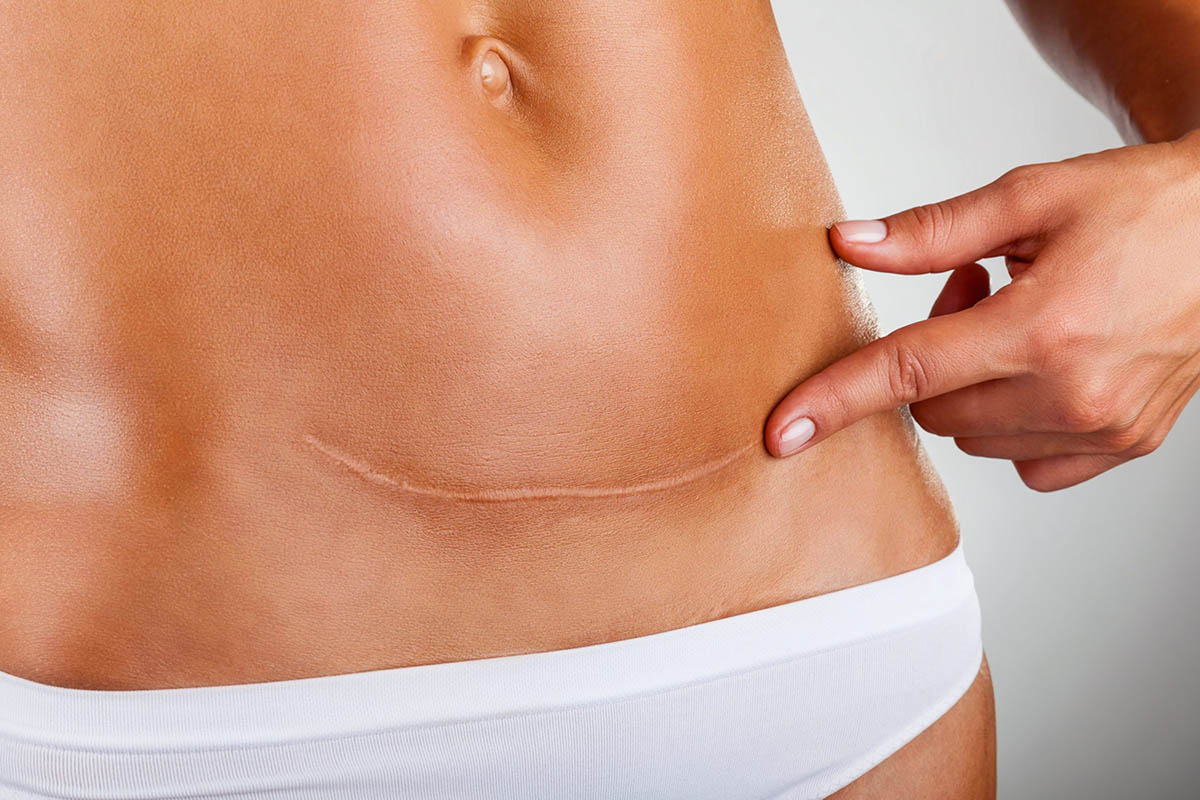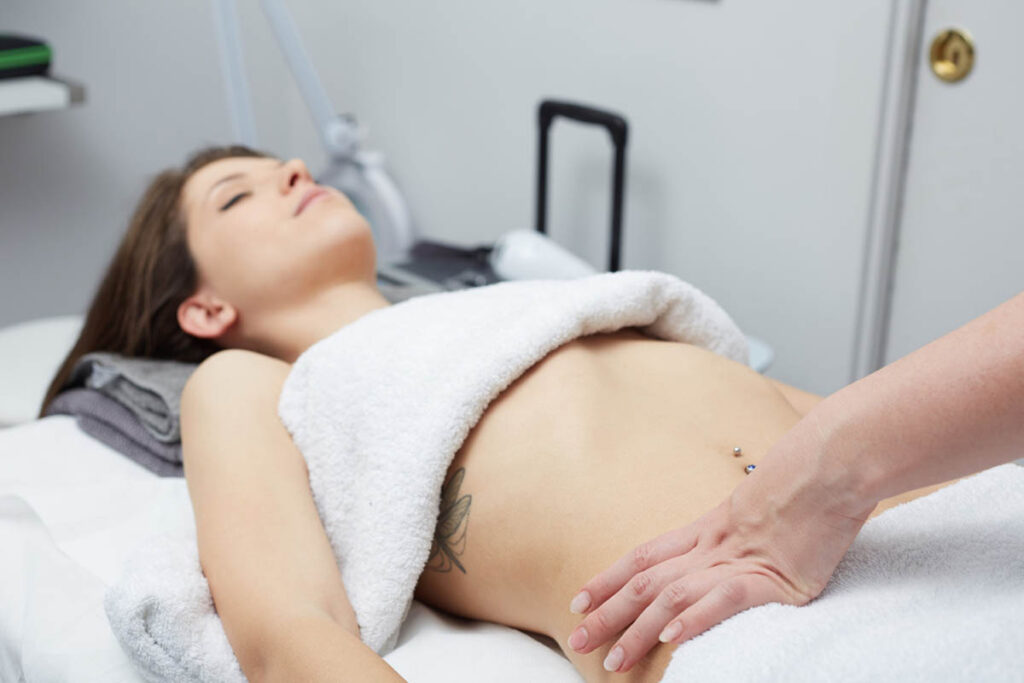C-section scar massage and pelvic floor physical therapy are crucial aspects of postpartum care for women who have undergone cesarean deliveries. These practices can significantly improve healing, reduce pain, and enhance overall pelvic health. Let’s explore both techniques in detail.
C-Section Scar Massage
C-section scar massage is a therapeutic technique aimed at promoting healing and reducing complications associated with cesarean delivery scars.
Benefits of C-Section Scar Massage:
1. Reduces scar tissue adhesions
2. Improves flexibility and elasticity of the scar
3. Decreases pain and sensitivity around the incision site
4. Prevents scar tissue from attaching to surrounding organs
5. Enhances overall healing and appearance of the scar
When to Start Scar Massage:
It’s crucial to wait until the wound is fully healed before beginning scar massage, which typically occurs around six weeks postpartum. Always consult with your healthcare provider before starting any new postpartum care routine.
Techniques for C-Section Scar Massage:
1. Desensitization: Gently touching the skin around the scar with a soft material
2. Gentle massage: Using two fingers to perform up-and-down and side-to-side motions near the scar
3. Direct scar massage: Once fully healed, placing fingertips directly on the scar to identify and address sticking points
4. Pinching and rolling: Gently pinching and rolling the scar tissue to promote mobility
5. Deep tissue massage: Working on muscle layers using circular motions along the scar
Pelvic Floor Physical Therapy

Pelvic floor physical therapy is equally important for women who have undergone C-sections. This specialized form of therapy addresses issues related to the pelvic floor muscles, which are affected by pregnancy and delivery, regardless of the delivery method.
Benefits of Pelvic Floor Physical Therapy:
1. Reduces pain and improves mobility
2. Addresses urinary, bowel, and sexual function issues
3. Improves overall pelvic health and function
4. Strengthens core and pelvic floor muscles
5. Helps prevent future pelvic floor dysfunction
What to Expect in Pelvic Floor Physical Therapy:
1. Comprehensive assessment of pelvic floor function
2. Manual therapy techniques to address scar tissue and improve mobility
3. Exercises to strengthen the pelvic floor and core muscles
4. Education on proper body mechanics and posture
5. Guidance on returning to daily activities and exercise safely
Importance of Professional Guidance:
While self-care practices are beneficial, seeking help from a certified pelvic floor physical therapist is crucial, especially if experiencing persistent pain, discomfort, or pelvic floor dysfunction. These professionals can provide personalized treatment plans and expert guidance throughout the recovery process.
Long-Term Benefits
Incorporating C-section scar massage and pelvic floor physical therapy into postpartum care can lead to:
1. Improved healing and reduced risk of complications
2. Better overall pelvic health
3. Increased confidence in body function
4. Faster return to regular activities
5. Prevention of future pelvic floor issues
Conclusion
C-section scar massage and pelvic floor physical therapy are invaluable tools for postpartum recovery after a cesarean delivery. By addressing both the superficial scar tissue and the deeper pelvic floor muscles, women can experience comprehensive healing and improved function. It’s essential to work with healthcare professionals to develop a personalized recovery plan that incorporates these techniques for optimal results.
Remember, every woman’s recovery journey is unique. Patience, consistency, and professional guidance are key to achieving the best outcomes in postpartum healing and pelvic floor health.

